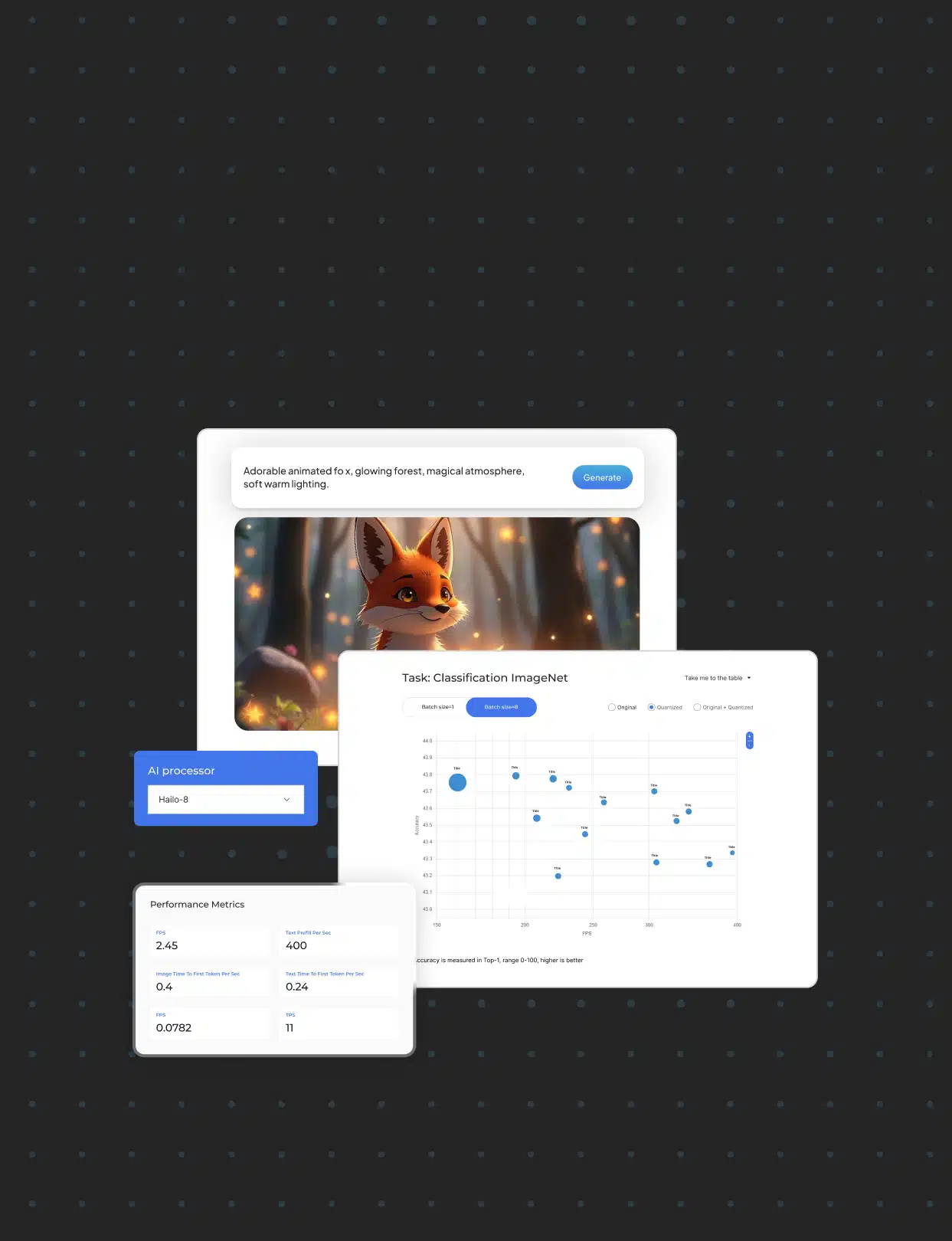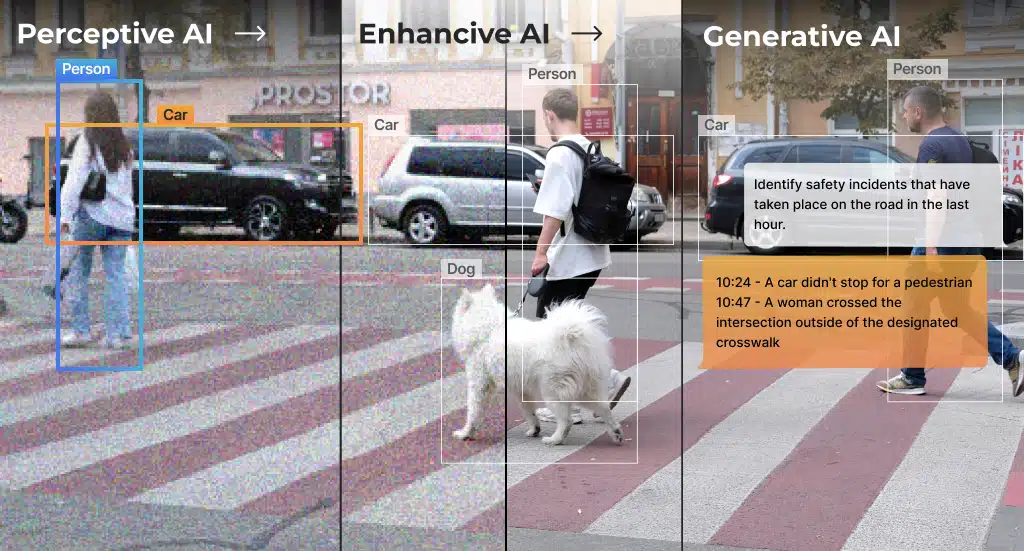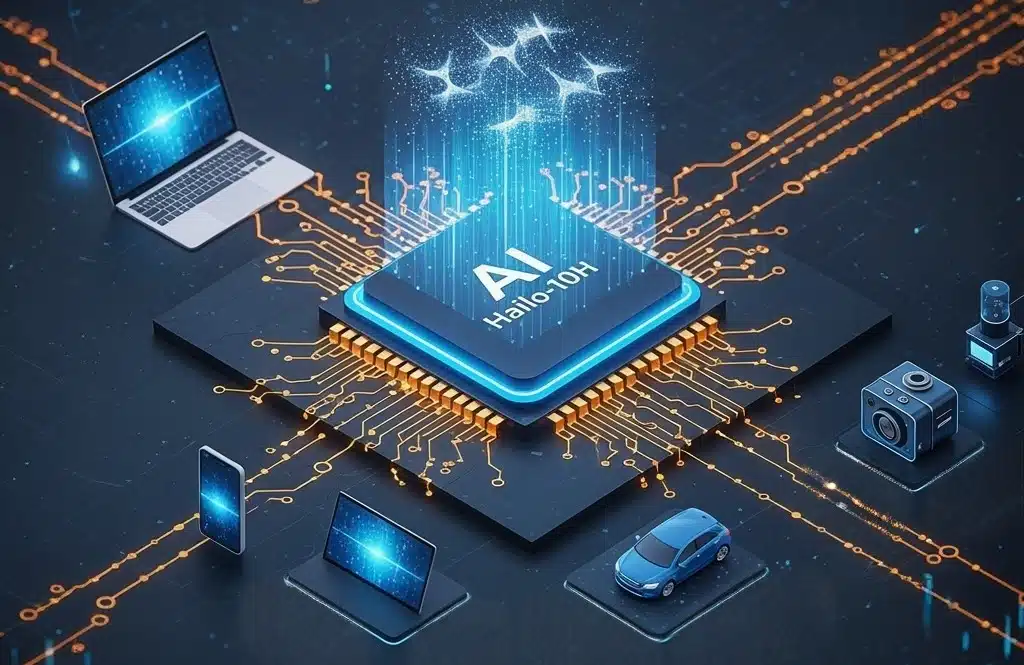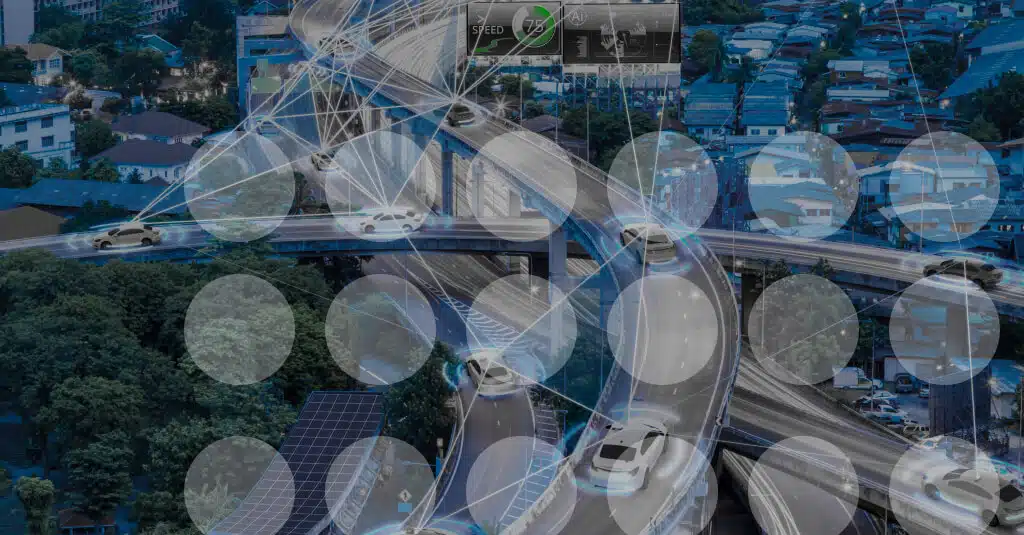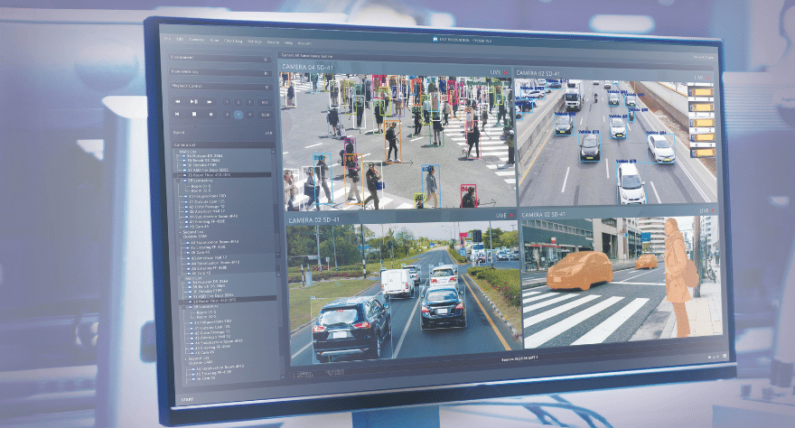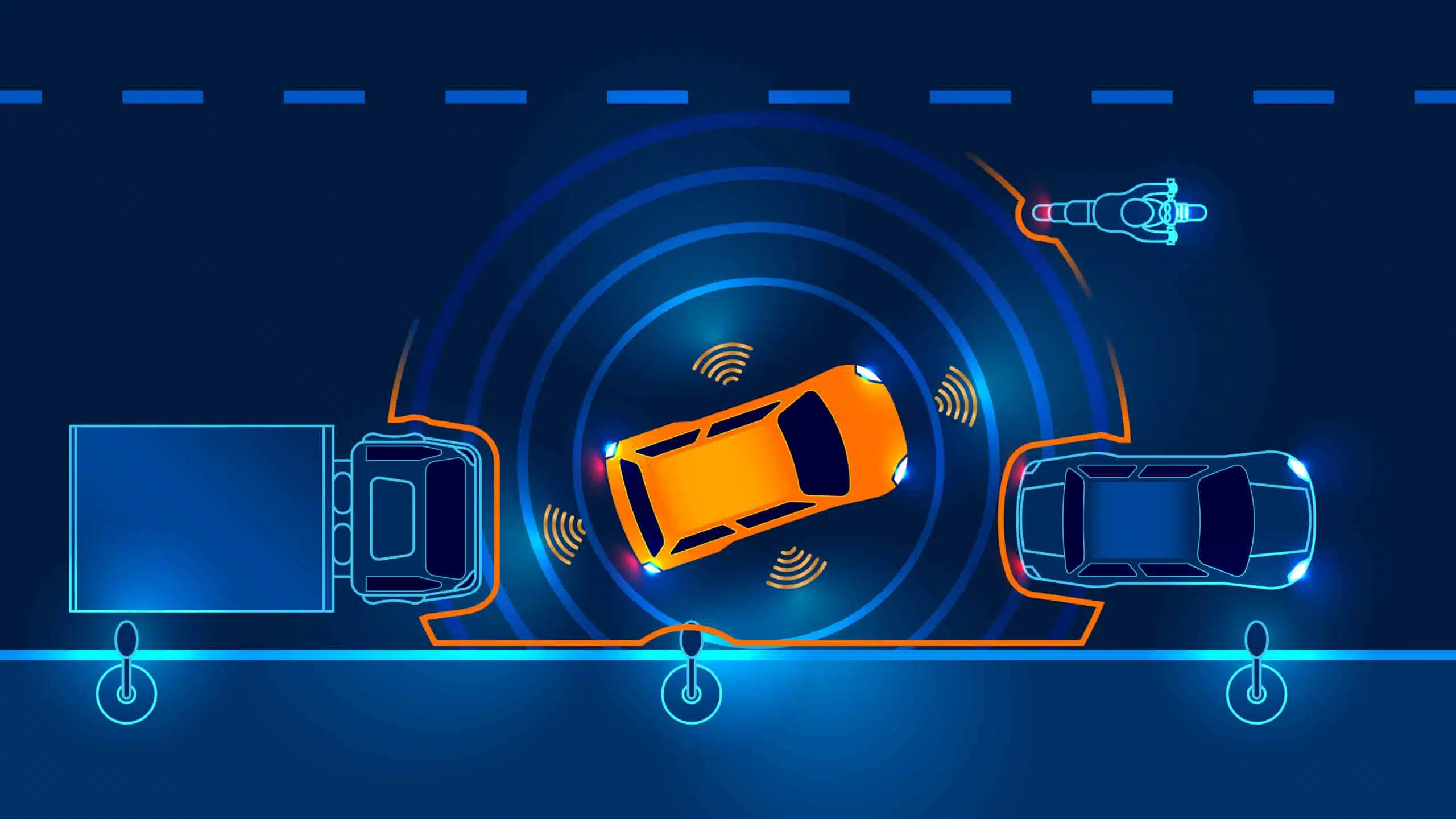Play to Win: How Hailo and NXP Create Efficient Embedded AI Solutions

When I was a kid playing out in the field or somewhere around the neighborhood, I remember that choosing your teammates made all the difference – whether you won or lost and if you had any fun playing the game. I also remember I had that one friend… We were inseparable and, even though every new game would start the team selection process anew, we were always on the same team.
Choosing the right teammates is just as important in grownup life and, like then, it is what makes the difference between winning and losing. A good partnership is all about the added value. It highlights the strengths of each party, compensates for the weaker points, and overall produces more value than what the two parties would produce individually.
Our recent partnership with NXP is a good example of 1 + 1 > 2 and where good partners make all the difference. Integrating the powerful Hailo-8 AI processor into a range of NXP platforms has created some amazing computing solutions across applications and industries. To streamline the use of these mature, power-efficient, and cost-effective solutions, we have all the runtime software and a set of full-fledged GStreamer-based apps ready for deployment.
Let’s look at some example use cases made possible or empowered by this partnership. Some of these are actual applications being developed by our partners, while others are cool applications unlocked by powerful AI processing at the edge.
Smart Transportation: Train Occupancy
Standing on the platform when a train rolls into the station, there is always a hint of a gamble when you try to choose the cart to enter. You try to peek through the doors and windows to gauge which cart has fewer passengers and maybe even an open seat or two. Wouldn’t it be nicer if the train could just “tell” you which carts are less crowded or have vacant seats ahead of time?
The combination of the NXP i.MX 8MQuad host and a single Hailo-8 chip is easily able to process several video streams from multiple cameras installed across the train. You can process quite a few video streams on a single device. Such powerful processing on the edge – on the train in this instance – also makes compliance with GDPR guidelines easier, as no video, image, or other PII (Personally Identifiable Information) of the passengers on the train is transmitted or stored by the train or railway company. The system can perform occupancy detection and people counting and only keep the resulting metadata (i.e number of passengers in cart, unoccupied areas, etc.).
Smart Mobility: Vehicle Insurance Analytics
A strong and car-safe compute platform coupled with a rich AI engine enables the implementation of the new dynamic and personalized vehicle insurance policies. Driven by telematics data collected by a device inside the vehicle, UBI (Usage-Based Insurance) solutions are beginning to be more widely implemented by insurers and companies like Moter and NXP. This allows insurers to better asses their risk, while drivers get feedback on their driving and possibly save on insurance premiums.
The NXP GoldBox development platform coupled with a Hailo-8 device (via 2 available M.2 sockets: an A+E-key and an M-key) is a perfect choice for implementing such a system. The automotive-grade S32G processor at the heart of the GoldBox is a powerful application processor that easily runs the classic software stack of the application, while the Hailo-8 M.2 AI acceleration card does the heavy-lifting of the deep learning part.
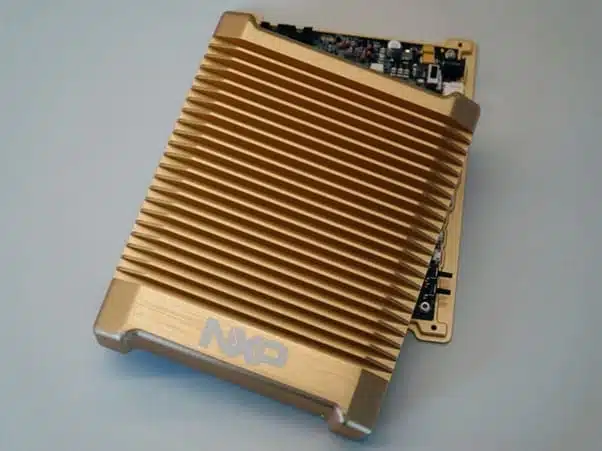
Smart Agriculture: Smart Sprayer
Agriculture is experiencing a surge of innovation on all fronts: better lasting and more resilient crops; smarter and more efficient cropping and harvesting systems and methods; automated sorting, packing, and processing machines. Most of these new methods require additional compute capacity that needs to be packaged in a rugged case with industrial-grade components. This is due to the rough operating conditions: outdoors in heat or cold, in dust and grime, experiencing intense vibration, and so on. Typically, this is not a friendly environment for fan-based cooling systems, which means passive cooling and highly-power efficient systems win the game.
One use case we have come across in this space is the smart sprayer. With the growing movement to reduce the use of pesticides, while still maintaining high crop yield, there is a need for precision pest control. Smart spraying is a technology that provides pinpoint accuracy in distributing pesticides in the field. Instead of spraying all the plants with the same amount of material and let it be controlled by the speed of the carrier tractor, we can add a perception system with an array of cameras as the front-end. The camera’s feed is processed by a fan-less ruggedized i.MX 8M-based box with a Hailo-8 AI chip inside, which performs real-time image analysis. As the tractor moves, the spraying system is able to identify plant growth patterns, signs of pests and other markers and determine the location and quantity of the material it should distribute.
Smart Manufacturing: Production Floor Safety
With the rise of Industry 4.0 and the increased transition to more automated and robotic working environments, we are seeing an increased number of spaces that are commonly used by autonomous robots, equipment (such as forklifts) and human workers. Safety is paramount in such spaces and there is often a strict policy in place dictating who is allowed where. These policies must be tightly and efficiently monitored in order to prevent hazards and safeguard workers’ health and lives. Equipping such an industrial environment with a visual system to monitor defined “green” and “red” zones is almost a must-have. Such a system should be very responsive and work in a closed cycle to reduce dependency on external factors, such as an internet link or cloud processing power. This need for very low latency, along with the need to preserve privacy, make on-site processing a key component.
A leading category of solutions for this is derived by a distributed approach: you install smart cameras in multiple locations, on forklifts, machinery and etc. with the capability to performs on-camera real-time video analytics to monitor restricted zone, robot and worker movement and even PPE (personal protective equipment) compliance and produce alerts. Such a camera system can be based on an i.MX 6 or i.MX 8 application processors from NXP coupled with a single Hailo-8 AI processor.
Another leading approach would be a facility-level centralized one. You deploy simple cameras and perform video analytics on a central on-site edge server or gateway. This would require a more powerful host platform, such as a Microsys miriac® AIP-LX2160A based on the Layerscape LX2160A processor and could use one or more Hailo-8 chips.

Like in many situations in life, there are things that you might be able to achieve by yourself but doing it with a partner really takes it to a whole different level. I believe that the NXP and Hailo partnership is like that, and I encourage you to give us a try!



